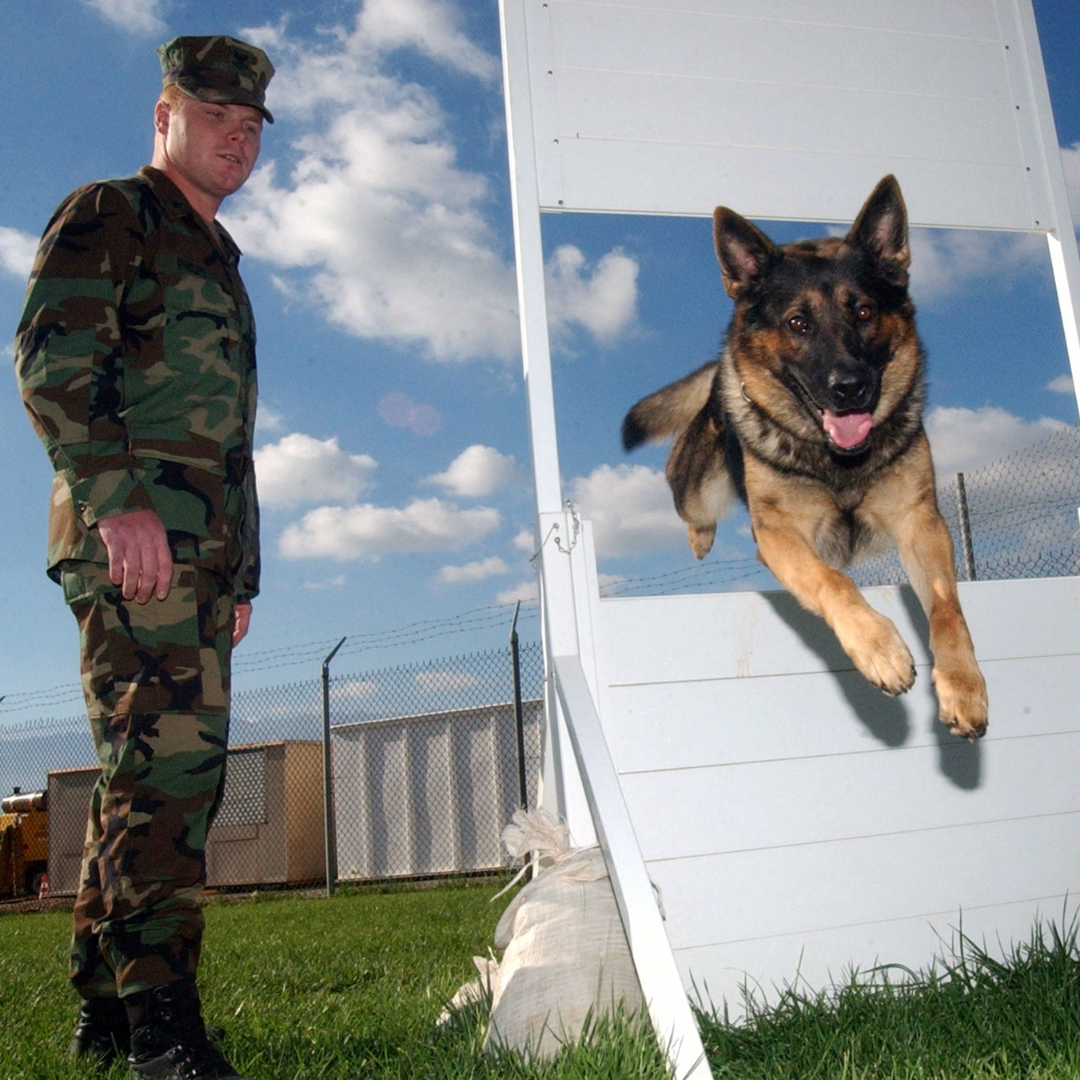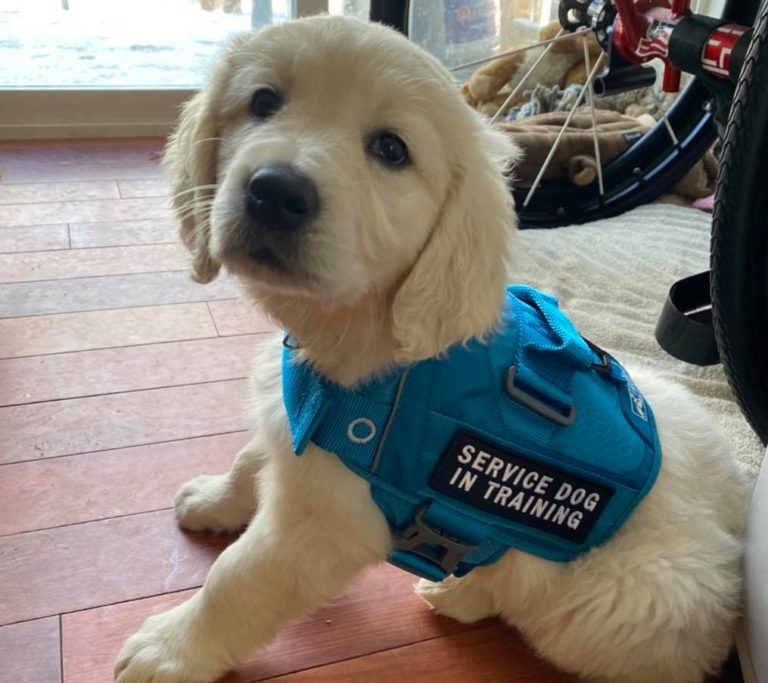Discover Top Tips for Dog Training Charlotte NC That Really Job
Discover Top Tips for Dog Training Charlotte NC That Really Job
Blog Article
Unlock Your Dog's Potential: Proven Canine Training Techniques for Success
Efficient dog training is a nuanced procedure that hinges on understanding canine habits and employing medically backed methods. By incorporating favorable reinforcement, developing clear commands, and prioritizing socializing, canine proprietors can cultivate an effective relationship with their pet dogs.
Comprehending Pet Actions
Comprehending dog actions is necessary for effective training and cultivating a positive partnership between dogs and their proprietors. An extensive grasp of canine body language, articulations, and social communications is essential for identifying their demands and feelings. Pet dogs connect mainly with non-verbal signs; for example, a wagging tail might show excitement, while pinned ears can indicate anxiety or submission.

Moreover, environmental factors play a significant role fit a dog's actions. Adjustments in regular, brand-new surroundings, or the existence of unknown individuals can lead to stress or anxiety in pets. Identifying these triggers allows owners to reduce unfavorable reactions and create proper training methods.
Eventually, a deep understanding of canine behavior lays the structure for successful training methods, boosting both actions and the general bond in between the pet and its proprietor. dog training charlotte nc. This knowledge is indispensable for cultivating a well-adjusted, pleased canine companion
Positive Support Methods
Effective training counts greatly on positive support techniques, which have actually been shown to yield substantial lead to forming preferred behaviors in pet dogs. This method entails awarding a dog for displaying specific actions, thus raising the probability that these behaviors will certainly be duplicated. Benefits can take numerous types, consisting of treats, appreciation, playthings, or playtime, depending upon what encourages the private pet.

It is important to gradually terminate incentives as the pet dog discovers the habits, transitioning to intermittent reinforcement. This strategy maintains the actions in time while preventing dependence on consistent benefits. By focusing on positive support, fitness instructors can cultivate a trusting partnership with their pet dogs, promoting a cooperative and healthy training setting that improves overall obedience and efficiency.
Developing Consistent Commands
A basic element of successful pet training is the facility of consistent commands. Uniformity in commands is important for effective interaction between the trainer and the pet. When commands are consistent, dogs find out to connect details words with preferred behaviors, which speeds up the training process and improves understanding.
To establish regular commands, it is important that all household members make use of the same terminology and motions. If one look these up person uses "sit" while an additional claims "sit down," it can create confusion for the pet dog. Select clear, distinctive words for commands and ensure everybody included in the pet's training complies with these choices.
Furthermore, repeating is crucial. Enhance commands via frequent practice, guaranteeing that the pet dog gets enough possibilities to react appropriately. When a dog successfully follows a command, immediate positive reinforcement ought to follow. This can be in the form of treats, praise, or play, strengthening the link in between the command and the activity.
Finally, be individual. Establishing consistent commands takes time and initiative. With devotion and clearness, you will help your pet create a strong understanding of expectations, inevitably bring about a well-behaved companion.
Socializing and Direct Exposure
Interacting socially a canine is essential for cultivating a positive and well-adjusted companion. This process involves exposing your pet to a selection of atmospheres, people, and other pets to create their social abilities and versatility. Early socialization, preferably in between the ages of 3 to fourteen weeks, is essential, as it prepares for a pet dog's future behavior.
Throughout socialization, goal to supply positive experiences in various setups, such as parks, busy roads, and homes with various other animals. Introduce your pet to different stimuli, consisting of noises, sights, and scents, guaranteeing that each encounter is fulfilling. This exposure helps minimize concern and anxiety, leading the way for an extra durable dog.
Engaging in regulated group play sessions with other pets can likewise improve social abilities, showing your pet dog ideal communications and boundaries. Prioritizing socialization will significantly contribute to your dog's overall happiness and behavior throughout their life.
Overcoming Common Educating Obstacles

One more frequent problem is distraction. Pet dogs might have a hard time to concentrate in busy or strange setups. Gradually desensitize your pet to diversions by beginning training in a quiet atmosphere and gradually introducing more stimulations as they come to be efficient (Dog training). Positive reinforcement methods, such as treats and appreciation, can maintain motivation and emphasis.
Furthermore, behavior issues like jumping or too much barking can come to be discouraging. Address these by teaching alternative behaviors, such as resting smoothly when welcoming visitors. Consistency and patience are important; enhance preferred habits regularly and avoid abuse, which can result in complication.
Lastly, identify that each canine is one-of-a-kind, pop over to this web-site and training timelines may vary. Dressmaker your approach to your pet dog's specific needs, and seek specialist guidance if needed. With willpower and the right methods, getting over these challenges can cause a trained, happy canine companion.
Final Thought
In verdict, opening a canine's prospective requires a thorough approach that incorporates an understanding of canine habits, the application of favorable support strategies, and the facility of regular commands. Early socialization and exposure to diverse environments additionally boost a pet's flexibility and self-confidence. By addressing common training challenges with tailored techniques and persistence, a cooperative and harmonious relationship between canine and handler can be fostered, navigate to this site ultimately resulting in a well-behaved companion capable of thriving in various situations.
Effective pet training is a nuanced procedure that pivots on comprehending canine habits and utilizing clinically backed techniques.Understanding dog behavior is essential for reliable training and fostering a favorable connection in between canines and their proprietors.Effective training counts heavily on positive support techniques, which have been revealed to yield considerable outcomes in shaping preferred actions in dogs. When commands are consistent, pets learn to connect details words with desired habits, which increases the training process and improves understanding.
In final thought, opening a dog's prospective demands a comprehensive method that integrates an understanding of canine actions, the application of favorable reinforcement methods, and the establishment of constant commands.
Report this page